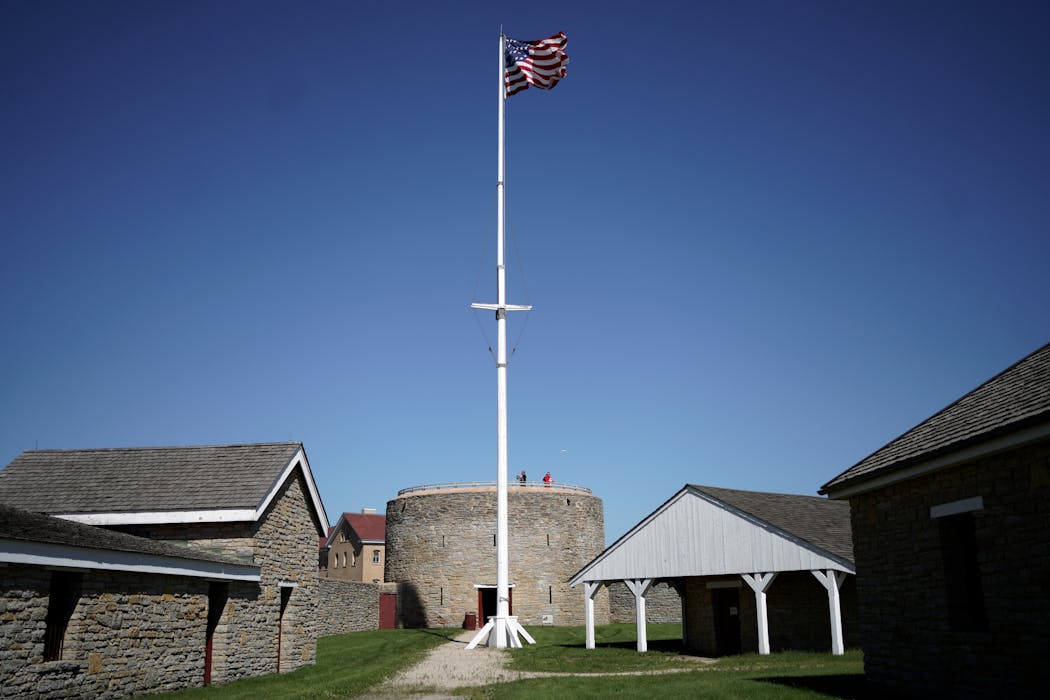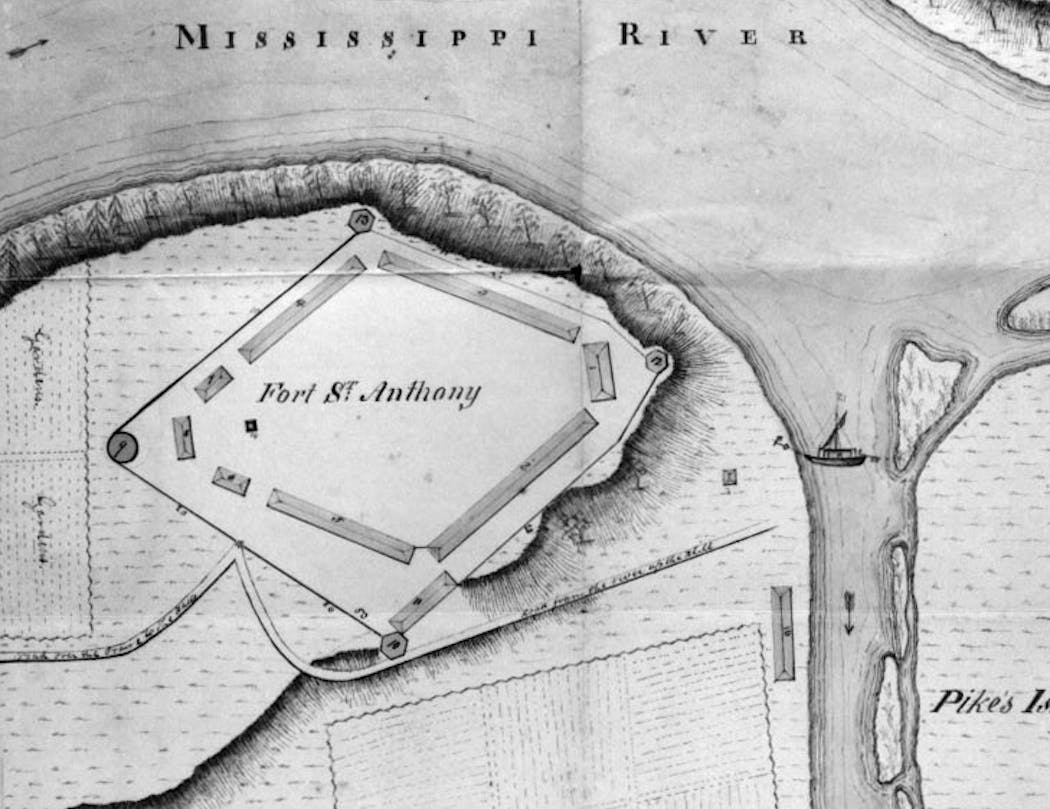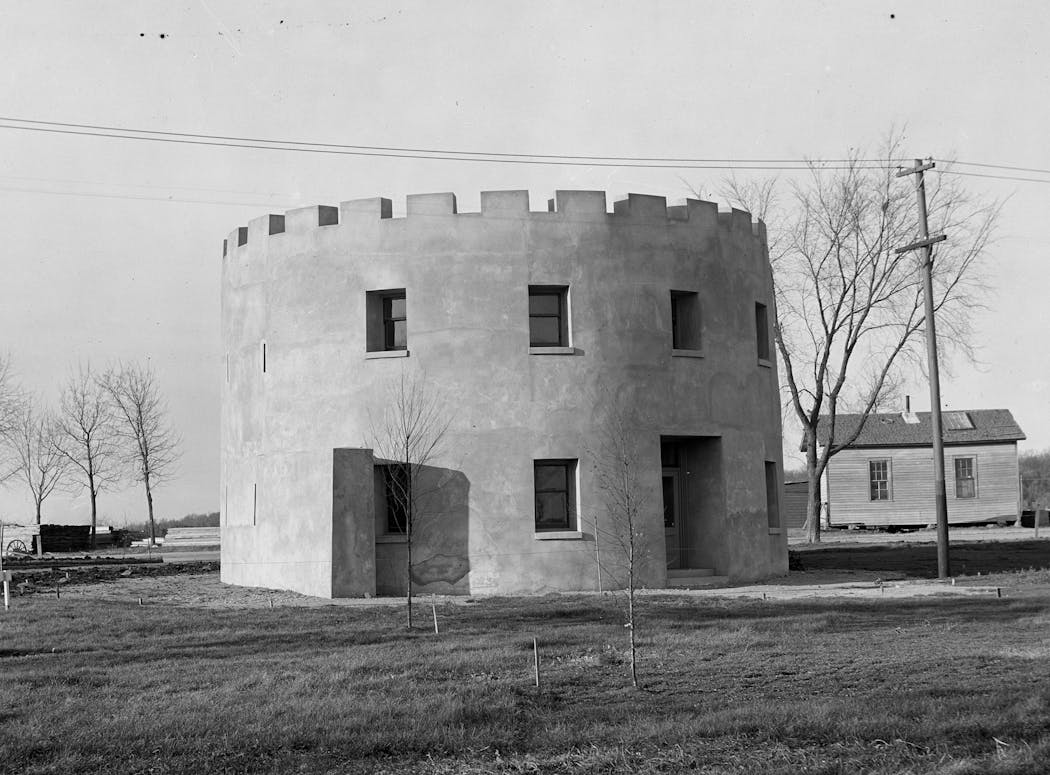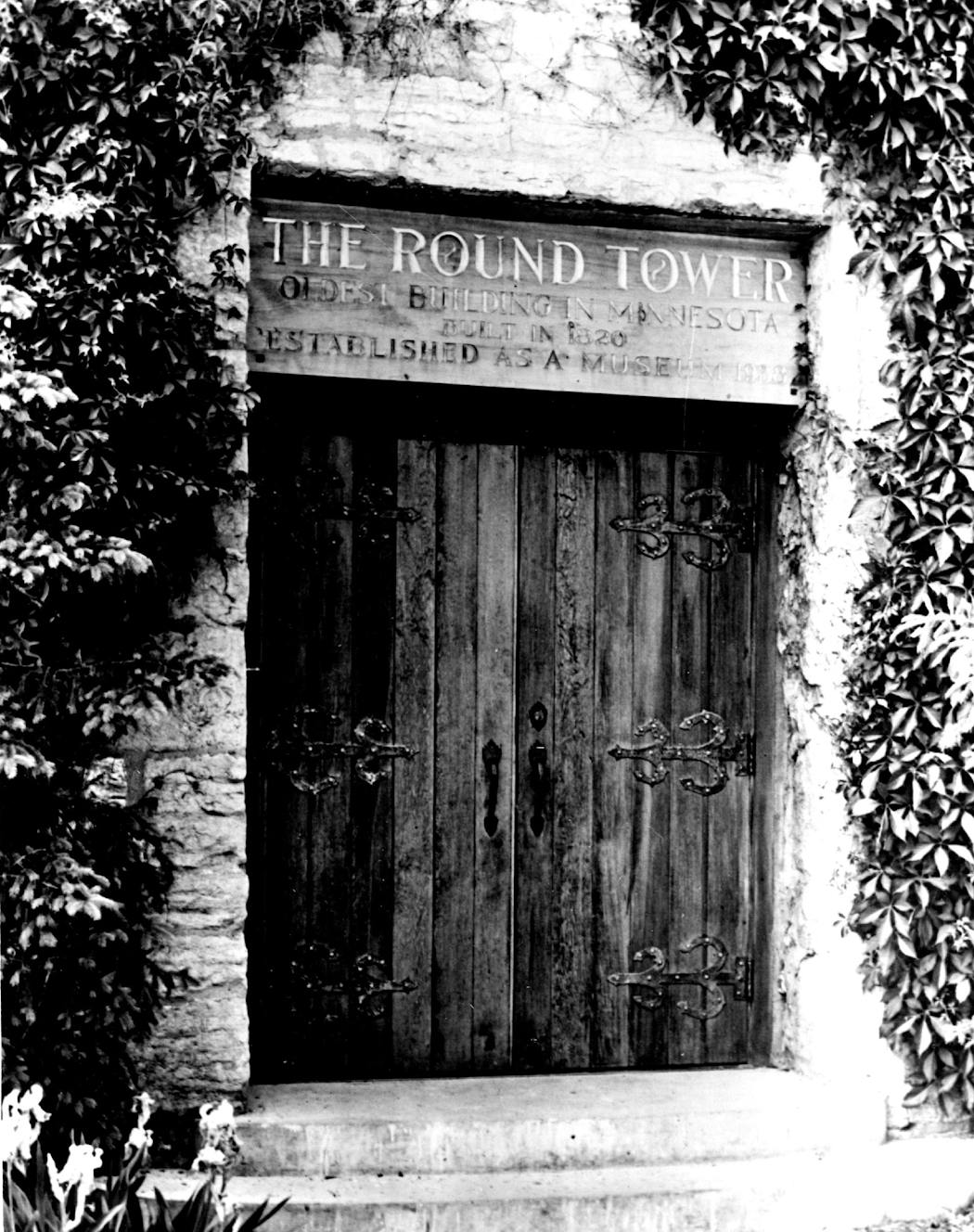What is the oldest building in Minnesota?
Listen and subscribe to our podcast: Via Apple Podcasts | Spotify | Stitcher
Most historic buildings in Minnesota were built decades after the area had already become a state. But one structure has remained standing for two centuries, since the earliest days of white settlement in the region.
Ellen Orzoff of Bloomington sought answers about the state's oldest surviving building from Curious Minnesota, the Star Tribune's reader-powered reporting project. Curious Minnesota podcast listeners voted it among their favorite questions submitted at the State Fair.
"I'm just very much into architecture and historical monuments," said Orzoff, a 17-year-old student.
The state's oldest building is a located at "perhaps the most significant landmark in the entire history of Minnesota," Russell W. Fridley, then director of the Minnesota Historical Society, wrote in 1956.
That landmark is Fort Snelling. The earliest surviving structure at the fort, known as the Round Tower, was built in 1820. Originally a defensive structure, the tower served many roles over its history — including a stint as a hair salon. And it also played a role in one of the most significant U.S. Supreme Court cases in American history.
The U.S. Army built Fort Snelling (initially called Fort St. Anthony) to defend against the British, with whom the United States had recently been at war, said Kevin Maijala, the historical society's senior director of learning initiatives.
It was erected at a sacred site for the Dakota at the confluence of the Minnesota and Mississippi rivers, known as Bdote. The Dakota origin story states that the tribe's first man and woman were created there. The United States took control of the land in a controversial 1805 agreement between military officer Zebulon Pike and local tribal members.
The tower had limestone walls more than 25 feet high, with musket slits that faced both outside and inside the fort, so guns could point toward an enemy inside and outside the fort's walls. But the fort was never attacked, according to MNopedia, the historical society's online encyclopedia about Minnesota.
"Really, Fort Snelling was established in the 1820s as a way for Americans to exert control over the fur trade," Maijala said. Fur was a lucrative business at the time and the fort was built at the confluence of two rivers that Maijala dubbed "the highways of that period."
Troops at the fort — numbering as high as 500 at times — were also responsible for enforcing boundaries between Dakota and Ojibwe land as well as keeping European American immigrants from settling on Native American land, according to Maijala.
"Sometimes early settlers came to the region before settlement was really allowed," Maijala said.
Slavery was illegal in the area, but between 15 and 30 enslaved people lived at the fort during the 1820s and 1830s — held by army officers, government officials and fur traders.
Notable among them were Dred Scott and his wife, Harriet, who were married in the Round Tower in 1837. Scott would later sue for his freedom based on his time living at the fort and in Illinois, which were free jurisdictions, spurring a Supreme Court case that is considered an impetus of the U.S. Civil War.
Minnesota became a territory in 1849, and two 1851 treaties opened the area to settlement, Maijala said.
During the Civil War, the fort was reactivated as a place for training troops. "About 25,000 Minnesotans who fought in Minnesota units during the Civil War trained there," he said. In 1862, the fort was a launching point for soldiers sent to fight in the U.S. war against the Dakota. Many Native people were subsequently imprisoned near the facility.
The tower required restoration after being damaged by fire in 1869. In the late 19th century, the Army used the tower for various purposes, including a washhouse, a prison room and a coal storage room, according to MNopedia.
The original stone walls of the tower were covered with a coat of cement as part of a rehab project at the fort in 1904 — prompting a backlash. "Newspapers of the northwest took up the cry that the old fort's appearance should not be disturbed," the Minneapolis Journal reported in 1905. The U.S. War Department ultimately ordered the coating be removed.
After World War I, the tower became home to an electrician and his wife, who ran a hair salon in the building.
"It's kind of a weird building to have a hair salon in, but it really is a pretty amazing adaptive reuse story," Maijala said.
In 1941, the Minnesota Historical Society, with assistance from the Works Progress Administration, turned the tower into a museum. The interior walls featured a cyclorama, a round mural that depicted scenes of American occupation in the region. The museum closed in 1946 and the tower was not in use for a couple of decades, Maijala said.
In 1956, the Minnesota Highway Department proposed building a highway through a part of the old fort site that would have cut off access to the tower. Amid public opposition, the department backed down and rerouted the highway.
In the mid-1960s, a team of archaeologists excavated around the tower and restored it to its 1820s appearance. The fort was listed on the National Register of Historic Places in 1969 and has since served as a historic site operated by the Minnesota Historical Society.
While the Round Tower is the state's oldest building, the oldest residence is the 1836 Henry Sibley House — located several miles away in Mendota. Sibley was the regional manager of the American Fur Company and the state's first governor. It is also maintained by the Historical Society.
The oldest structures constructed by humans in the state are Native American burial mounds. Some of the mounds, such as those at the Grand Mound Historic Site in northern Minnesota, are about 2,000 years old.
If you'd like to submit a Curious Minnesota question, fill out the form below:
Read more Curious Minnesota stories:
Why did Minneapolis tear down its biggest train station?
How many WPA projects were built in Minnesota as part of FDR's New Deal?
Did Ford make millions of windows from sand mined beneath its plant?
Why were so many of Minneapolis' Park Avenue mansions torn down?
Who is the oldest living Minnesotan and what is their story?
How did Dinkytown in Minneapolis get its name?
Correction: Previous versions of this article misstated that Minnesota was a state during Dred Scott's time living in the area.









